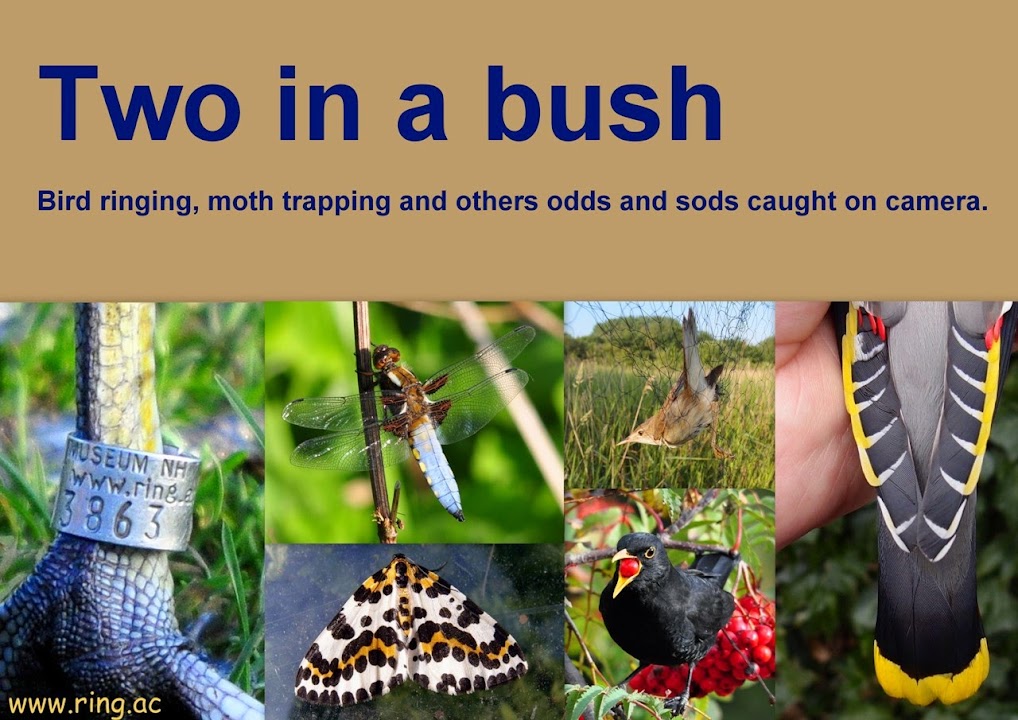The were more Blackbirds and Song Thrushes around than expected although that was probably due to the large crop of berries on the ivy that almost covers large parts of the hedges. The Goldcrest was interesting in that it looked like a continental bird and it may already be starting to edge its way back towards the breeding grounds. Otherwise the catch was pretty much as expected given I've only been putting out food for a little over a week.
Ringing totals (retraps in brackets) were: Blackbird 6 (4); Song Thrush 2 (1); Dunnock 1; Greenfinch 1; Goldfinch 10; Chaffinch 3; Tree Sparrow 2; Great Tit 1 (1); Blue Tit 1 (1); Coal Tit 1; Goldcrest 1. A total of 29 new birds and 7 retraps.
 |
| Adult female Blackbird |
 |
| Song Thrush, also an adult. |
 |
| Scrapping Siskins. The female on the left was the bird that flew in and sparked the interaction with the two males. |
Such a large and noisy gathering was bound to attract the interest of a predator sooner or later and a sudden silence with birds darting off in all directions or diving into the privet hedge was a sure sign that a Sparrowhawk had just made an attack. I couldn't see it at first but then is flew across the garden and landed on the privet hedge although my view was obscured by branches from the rowan tree. It had obviously failed to catch anything with the first attack and had gone to the privet hedge to see if any of the hiding birds would break cover.
 |
| It knows there is something in there and it could have been the Belgian-ringed Blackcap as it often comes out to feed from that part of the hedge. |
 |
| The Belgian-ringed Blackcap photographed earlier in the afternoon. It has been recorded nearly every day since the first sighting on 17th January. |
 |
| A cracking adult male Siskin but then is there any other kind. |





No comments:
Post a Comment